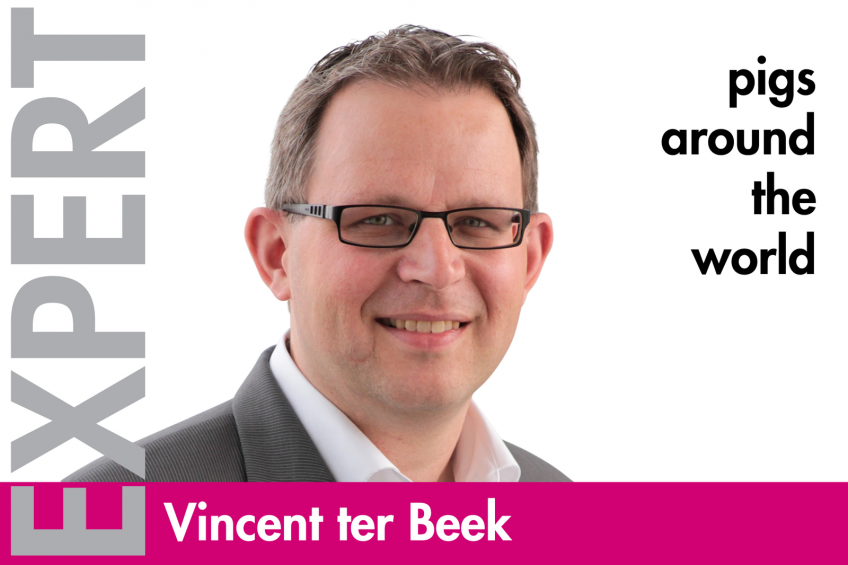Danish finding pig improvement everywhere

Just when you think that improvement in pig growth efficiency might have reached a zenith, Denmark finds ways to further increase output.
Last year, Denmark’s minister of agriculture, social democrate Dan Jørgensen, announced far-reaching legislation to achieve more animal welfare in the country’s pig stables. Earlier this year, for instance, a special international conference on pig welfare was organised.
One of the elements he called for was to reduce pre-weaning mortality.
Half a million piglets extra
Although by now, Jørgensen has been replaced by Eva Kjer Hansen, the echo of the request to reduce piglet mortality has certainly found a response. At last week’s Danish Swine Congress (Svinekongres), a combined effort of vets and pig producers was announced to save the lives of half a million piglets pre-weaning extra.
A result of Denmark’s highly prolific sows, pre-weaning mortality appears to be a problem the Danish are looking into. After all, getting more piglets to weaning means more money.
The plan involves improved supervision during farrowing, better monitoring of the timing and cause of piglet deaths, more advice on good obstetric practice and appropriate environment management. This will be complemented by a follow-up programme as well.
Novel heating techniques for newborn piglets
Impressive as it may sound, I’ve taken a look at a new development in Danish pig production that indeed might contribute to meeting some of these requirements. The recently developed eHeat, marketed by Grene, has been observed to spread heat more evenly under the piglet covers. The initial idea was to provide an energy saving source of heat, but it might also prove to have benefits beyond that.
The heat source is likely to attract piglets more than conventional lamps, thus keeping them away from their heavy mothers. In addition, if piglets are kept at their desired temperature, they are likely to stay healthy and have a better feed intake. I shall report on this in one of the future issues of Pig Progress.
Efficiency in finisher production
Not only in the piglet area, however, a further emphasis is placed on efficiency. For a long time, the Danes have been focusing on weaner production for exporting to Germany. This tendency now seems to be turning, as the Danish have started initiatives to encourage finishing in their own country.
The Danish agricultural cooperative DLG Group has therefore started initiatives to monitor finisher growth and see whether improvements can be achieved here. In the words of Jan Kristensen, head of pig nutrition at DLG, over the last decade a 70% improvement has been achieved in piglets but only a 10% improvement was been achieved in finishers. In other words – there is a world to win. So far, recent research has helped DLG to gain a range of new insights in finisher pig feeding.
Avoiding price fluctuations in weaner pig market
I joined a pig farm visit to a producer that had decided to emphasise on finisher pigs, to be able to deal better with the extreme price fluctuations that one might see in the weaner pig market. He is part of the DLG initiative to focus on finishers. The owner said he was making money where a large part of the Danish industry is still struggling, mainly due to Russia’s ban on produce from the European Union.
The owner stated that he was confident that the Danish know-how would help Denmark’s pig production to continue to be leading in the future. By the looks of it, Denmark is still adding on know-how as well.











